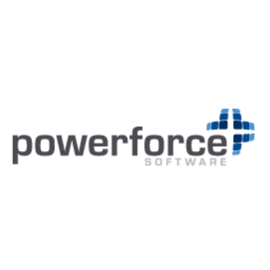- ROI (Return On Investment) – make sure your business case for the data warehouse is documented so that it can be referred to and challenged. It is very important to keep the project justification phase open to scrutiny; otherwise there is a high possibility of your project failing because of lack of acceptance. This phase is important because it sets the scope of the project and implementation phases. It allows for Agile modelling & development by breaking the requirement into small digestible deliverables which the business can measure the ROI.
- Once the Business Case for your Data Warehouse has been made, then you must split the requirements into:
- Must Have
- Would Like to Have
- Would be Nice to Have
- Future Possibility
- When the data modeller begins working on the Conceptual model the above list of requirements must be all taken into account to lay the foundation. But the scope should be narrowed to the first deliverable (a) “Must Have” is stage 1. It is then a value judgement by the data modeller whether some of (b) “Would Like to Have” can be sprinkled into the first phase if there is little cost in doing so (i.e. there is no point spending too much time on “Would Like to Have” features in the first deliverable phase). The first stage is critical to the User acceptance of the Data Warehouse Project. It must be delivered in a short time period and must have data integrity; otherwise the project will fade into obscurity.
- Identify all the relevant Host Data Sources.
- Choosing the right tools and design methodologies for Conceptual, Logical and Physical Data Modelling is essential. My preference for Conceptual Modelling design is ORM (Object Role Modelling). For Logical and Physical is E/R (Entity Relationships) and I found Sybase’s PowerDesigner product both flexible and industrial strength. It also allows for forward / reverse engineering and comparison for updates to the database. Whichever tool you choose I would recommend that it could forward/reverse engineer and update your model/database.
- When designing the Conceptual Data Model for the Enterprise Data Warehouse take into account that it will be a Star Schema. The dimension tables must be flexible enough to be used throughout the entire business rather than just within a department. This can be achieved for example by adding extra attributes to the dimensions which can assist in identifying departments, companies etc.
- Building the Data Warehouse Schema. Again I found PowerDesigner to be up to the challenge building the Data Base ddl’s(Data Definition Language).
- The next phase is critical and in many cases understated – Data Mapping. I can not emphasise enough the importance of the Data Mapping stage. This stage is how we guarantee data integrity; this stage is accountable to the audit process. The Data Map must be transparent and scrutinised by the business analysts for verification and sign off. It must be possible to do a walk thru from a Host Report/Enquiry all the way through to the data warehouse reporting.
- Data Migration Phase – choosing the appropriate Export Translate Load tool (ETL/ELT/BCP) is important. In some cases you may need to have developers build export programs from Legacy systems. These days’ database vendors have there own import tools which may be more cost effective. Don’t leave this process too far down the track to decide a tool. I would strongly recommend that the migration phase be done and maintained in-house, this will reduce the cost of the project because it is generally the longest part of the project, more flexible in the long run and allows easier access to Host Data at appropriate times.
- User Acceptance Testing – highly critical; the development team must ensure user signs off after adequate testing. This will require “buy in” from the onset of the project by managers that a senior user will be responsible for co-ordinating the system testing, preferably a business analyst who currently produces reports from the existing Host systems.
Our Partners
We have a number of high quality partners, who we combine with to create fantastic services for our valued clients:






